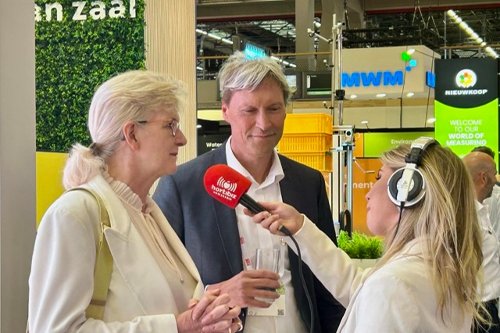Light spectrum vs. µmols
Added on 11 January 2024

In the ever-evolving landscape of LED grow lights, it's crucial to look beyond the surface when choosing a new fixture. With many lighting companies and innovative horticultural LED lighting fixtures flooding the market, some resort to simplifying their products down to a single number.
Moving Beyond Photon Efficiency.
Enter the realm of Photon Efficiency, often referred to as Photosynthetic Photon Efficacy. (PPE). While the acronym may initially sound scientifically impressive, understanding the underlying concepts is key. Delve a little deeper, and you'll find that Photon Efficiency is measured in µmols per Joule (J). For those not well-versed in scientific jargon, this may evoke memories of a classroom setting, but it's an essential metric in the horticultural industry.
Unpacking Photon Efficiency.
Photon Efficiency is essentially the total light output generated by a fixture (PPF or Photosynthetic Photon Flux) measured in µmols per second, divided by the watts needed to produce that light. It's a ratio that gauges how efficiently a fixture transforms electrical power (Joules) into plant-usable light (µmols).
More news















